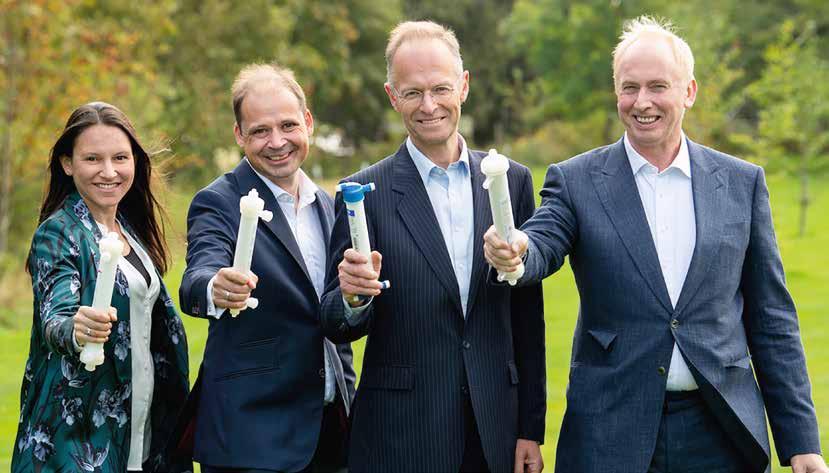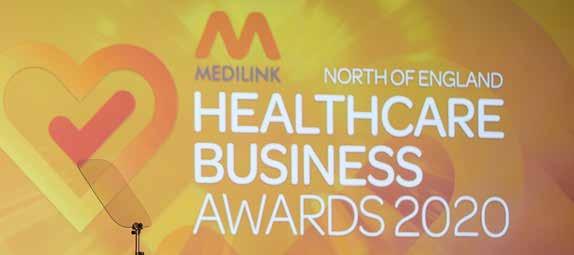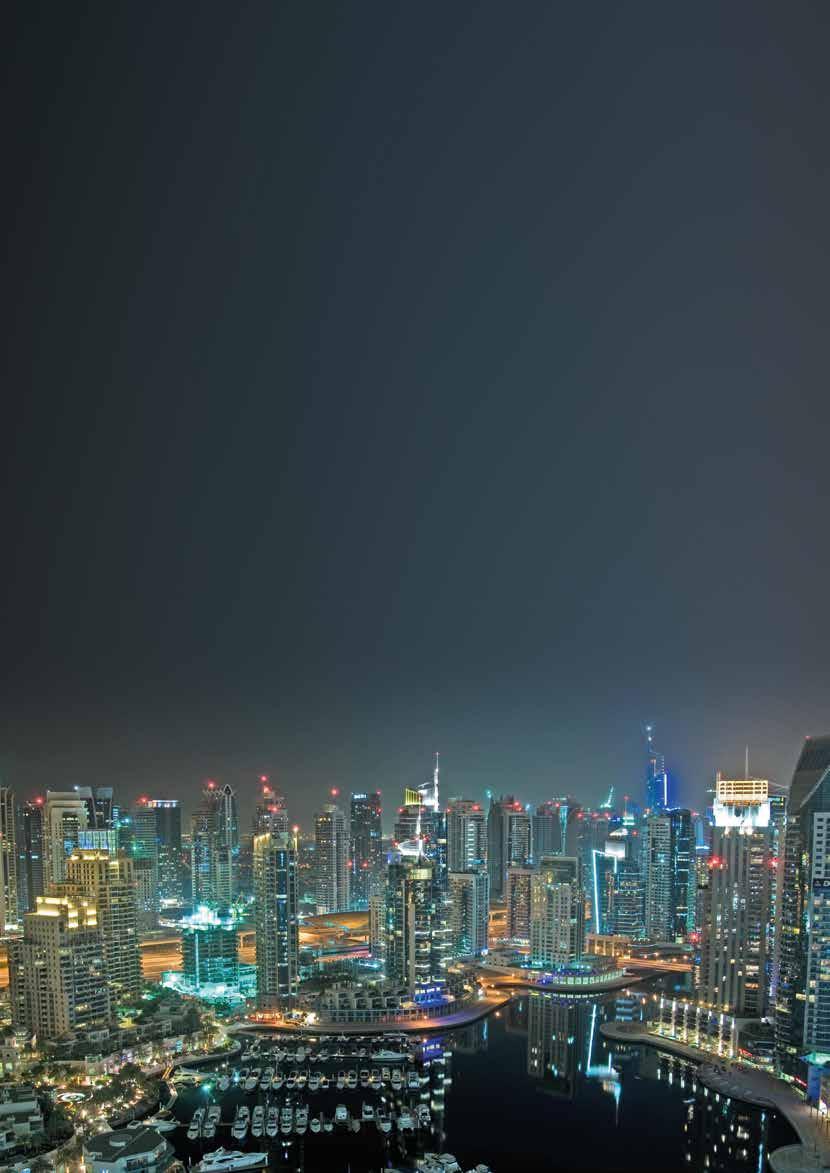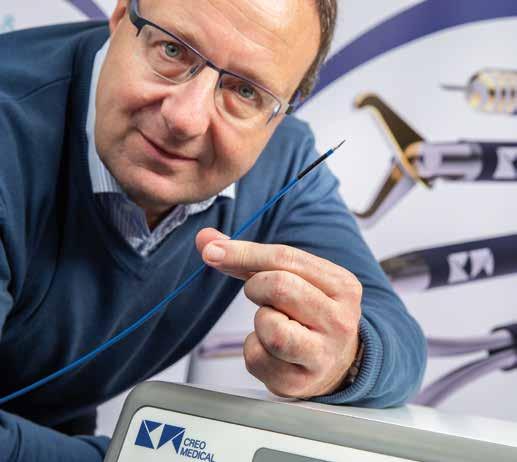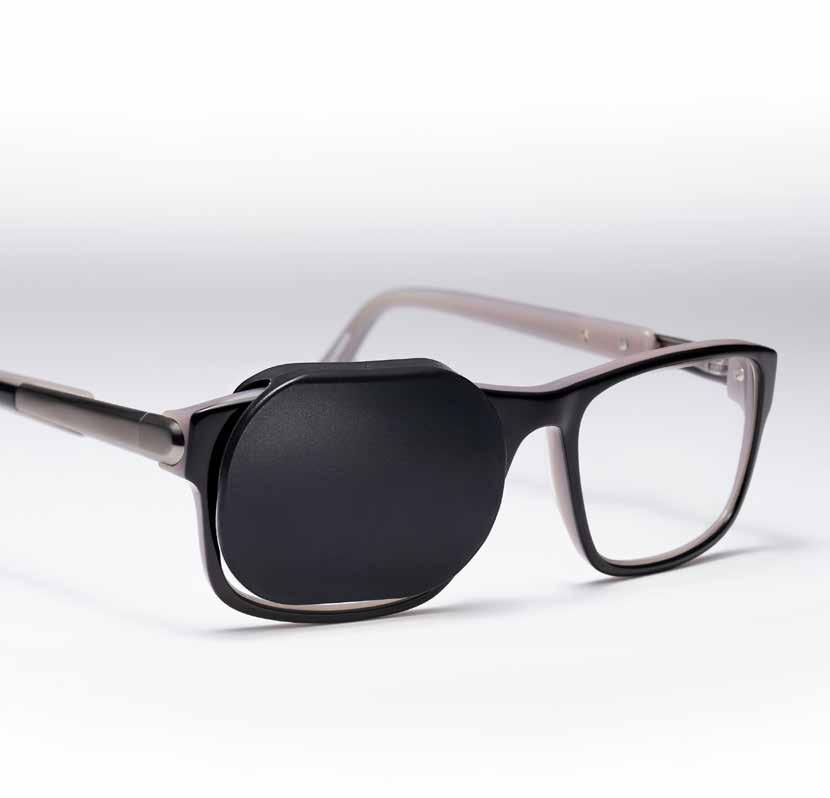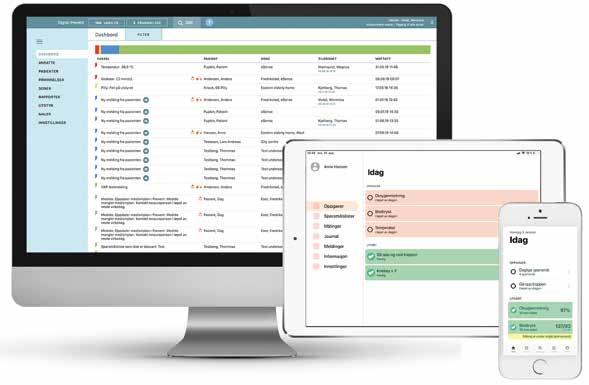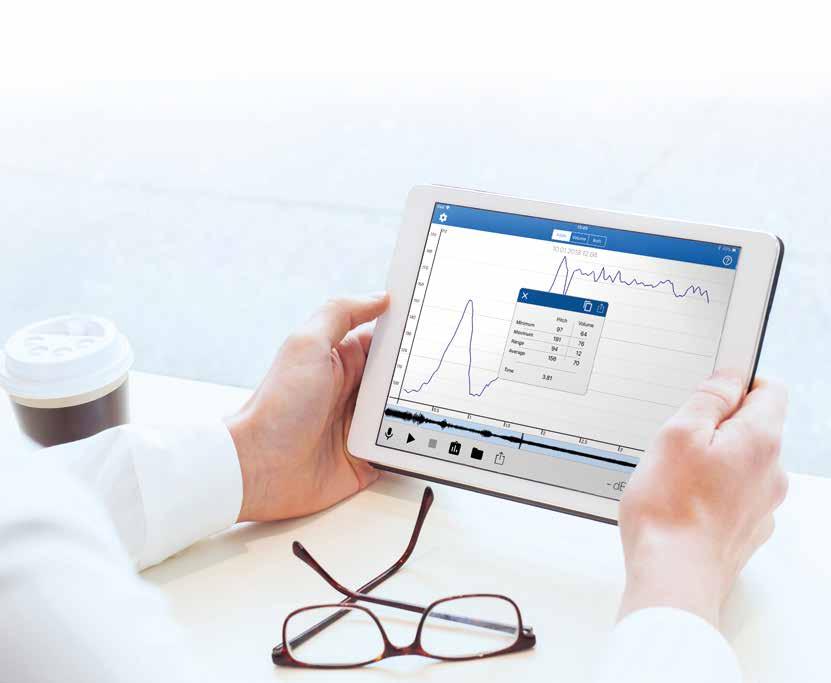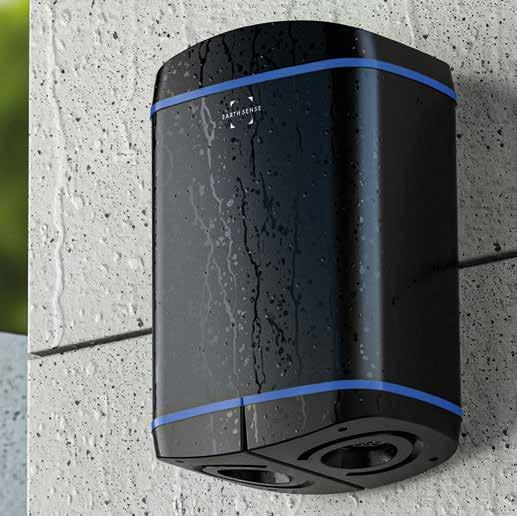Future watch
Award-winning team develops air quality sensor Bluefrog Design has driven the development of an innovative air quality sensor to monitor pollution and therefore improve the public’s health.
T
he Leicester-based product design consultancy first met the EarthSense team at a local exhibition in 2016. EarthSense, a spinout from the University of Leicester, had been developing technology to measure and record air quality since 2002, testing early prototypes with rockets and balloons. By 2015 they had produced the innovative technology needed to measure harmful levels of ambient air pollution, but required the expertise of an external design team to take the sensor, named Zephyr, to the next stage. The designers were able to help the academics to develop a commercially viable product ready for launch. At the point of the first meeting, the Zephyr was a university project with very little in available finance. Bluefrog’s first step was to develop 10 units as prototypes, which EarthSense could then test in the real world, using the results as a basis to apply for additional funding. This in turn led to further design and development of the electronics by EarthSense and the hardware by Bluefrog. As development continued, the designers were able to manufacture prototypes and parts in-house, liaise with suppliers and consider future manufacturing. They identified a number of local suppliers, which were all SMEs – an element that was considered important in a project completely focused on environmental improvement. The Zephyr uses cartridges to capture gases and particulates, which the user would need to access and maintain easily. It was clear that over time the technology or the applications could change, so Bluefrog felt it was important to create a future-proof design. Therefore, the materials are easily identifiable for recycling, and the body itself is made of extruded aluminium. This means it can be adjusted in size without expensive retooling, making it sustainable, suitable for repurposing and appropriate to the circular economy. Initially, the aim was to deliver an air quality sensor that could survive for five years in challenging environments, maintain a highly
controlled air flow around the sensing elements, and be easy and cost-effective to maintain. Working collaboratively, Bluefrog not only met the objectives, but also produced a stylish ‘design icon’ that is aesthetically pleasing without being a tempting target to vandalism, which is vital for something being placed on the outside of public buildings. The finished design is clean, attractive and discreet, yet intentionally it doesn’t entirely disappear into its surroundings. Although EarthSense didn’t want to make the Zephyr so obvious that it might attract vandals, it was also proud of the product and wanted passers-by to take an interest. The result is a matte black case with blue highlights.
Manufacturing of the Zephyr began in August 2018. It is now sold across multiple countries, and used in a variety of ways by local councils and businesses to monitor air quality and consequently improve the lives of humans around the world. As a result of the collaboration, Bluefrog won the award for Design Team of the Year at the 2019 British Engineering Excellence Awards.
www.bluefrogdesign.co.uk
For daily lifescience news visit www.lifescienceindustrynews.com 13



